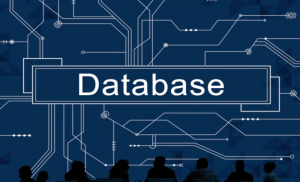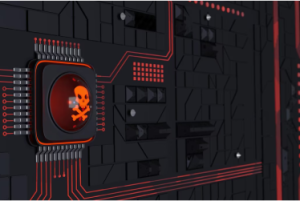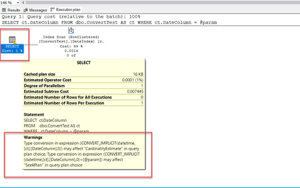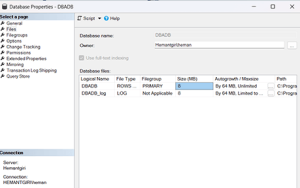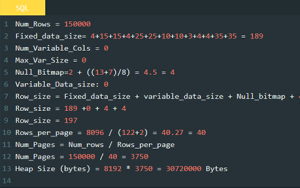I have this conversation lots of time, mostly, these two terms – High Availability (HA) and Disaster Recovery (DR) are considered the same, the fact is that they are totally different as they serves different purpose. HA and DR is considered same or overlapping because the options that we use to configure HA and/or DR in SQL Server can be used for both purpose. In this post, I will be explaining High Availability (HA) and Disaster Recovery (DR) in simple words in brief.
 High Availability (HA)
High Availability (HA)
It means, the system or server is highly or continuous available for operation through out a day or specific period. Mostly, this is the up time for the system for example 99% of the time the system or server is available, that means out of 365 days the chances are that only 3.65 days system is not operation as usual. And, this 1% of non-operation value is calculated for scheduled and unscheduled maintenance and the time it take to recover. Highly Available system or server can be and should be configured in same data center, ideally.
 Disaster Recovery (DR)
Disaster Recovery (DR)
It means, the system or server should be available and operational in case some thing goes wrong with main data center. For example, physical damage to data center, or any kind of nature calamities or accident occur at main data center, the application/site should be keep function. Disaster Recovery system or server should be configured in geographically dispersed location. And, it should have the fail over capability as well for quick turn around or response time in case of disaster, ideally.
| Options | HA | DR |
| Backup | No | Yes |
| Replication (REPL) | * | * |
| Log Shipping (LS) | * | * |
| Cluster | * | * |
| Mirroring (DBM) | * | * |
| AlwaysOn (AG) | * | * |
High Availability VS Disaster Recovery – In options above, you will see star (*), which means these options can be configured as High Availability and Disaster Recovery both, but one will have configured a partner server at physically dispersed location to be considered as Disaster Recovery system or server. If once has configured both primary or main and partner or secondary server at the same data center it is considered as High Availability server(s) and not Disaster Recovery server(s).
Whenever, an High Availability or/and Disaster Recovery system is to be designed, one has to be very careful with defining RPO and RTO as it will be the key how you will end up designing High Availability and/or Disaster Recovery for your business. In next post, I will explain the RPO, RTO and some examples of configuring High Availability and/or Disaster Recovery servers.
Keep watching this space for next post.
photo credit: All Hands Volunteers Photobank Team Bruce trying to save what is left of a home that houses the nuns from the neighboring church in Toril via photopin (license)
photo credit: neil cummings cluster of stools via photopin (license)
Lorem ipsum dolor sit amet, consectetur adipiscing elit. Ut elit tellus, luctus nec ullamcorper mattis, pulvinar dapibus leo.
 High Availability (HA)
High Availability (HA) Disaster Recovery (DR)
Disaster Recovery (DR)